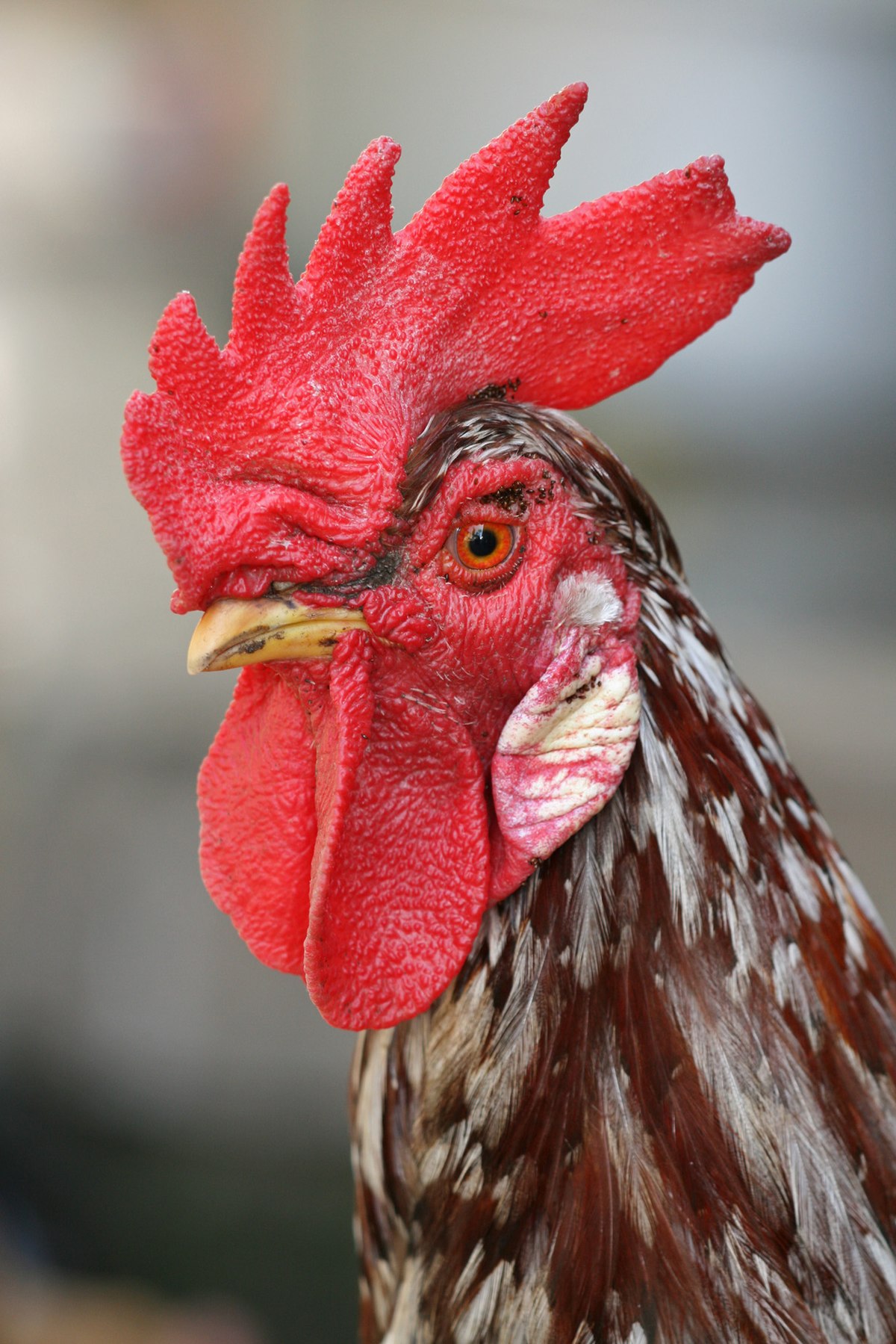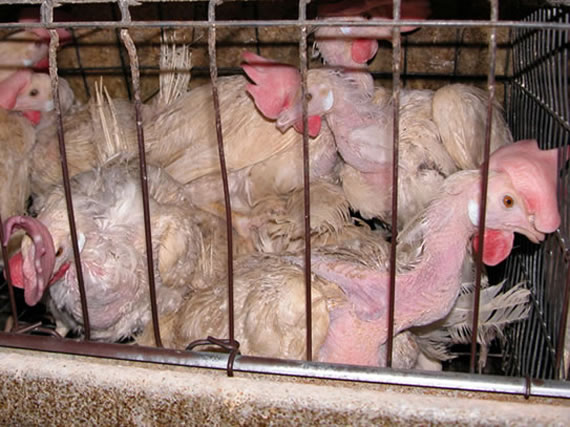- 107 Posts
- 102 Comments

 15·13 days ago
15·13 days agoPuerto Ricans also move. Plenty in swing states + places with competitive down-ballot races. Republicans are already trying to back track on this, they think it hurts them
Peurto Ricans by state
- Pennsylvania: 450k
- North Carolina: 100k
- Wisconsin: 65k
- Michigan: 50k
- Florida: 1.1 million
- New York: 1 million
EDIT: also worth mentioning that he also said other racists remarks too
“These Latinos, they love making babies, too. Just know that they do,” Hinchcliffe said, setting up his joke: “There’s no pulling out. They don’t do that. They come inside, just like they did to our country.”
Hinchcliffe also told a joke about one of his Black “buddies” and how they “carved watermelons” together.
In fairness sometimes small tiny differences like that do turn out to be significant. But measurement error usually wins out most of the time

 49·3 months ago
49·3 months agoThe X service remains available to the people of Brazil, billionaire Elon Musk’s platform said on Saturday.
Wait so what do they mean by stopping operations in Brazil then? Just the offices and staff? The article isn’t super clear on it

 25·3 months ago
25·3 months agoIf we want kind decent people to win, we still have to fight for them to win. Vote, get involved! Talk to people you know to do the same
Reminder to always keep up the fight. Even when things seem inevitable, fights can be won. That goes both ways: don’t get complacent and don’t get despaired
Get active, and get involved

 4·3 months ago
4·3 months agoNot the person you are replying to but https://en.wikipedia.org/wiki/Darknet_market

 24·3 months ago
24·3 months agoNot OP, but as someone who was at one point excited by the potential of crypto, the ecosystem has moved more and more towards what it claimed to stand against initially
It’s supposed to be decentralized, but things like mining pools have lead to heavy amounts of centralization in block production. If we look at Bitcoin, for an example, we see that over 51% of block production is controlled by just two mining pools. That’s not limited to just Proof of Work mining either. Proof of stake sees centralization in staking pools as well. That’s only just looking at one aspect of the network
It has also not really been seen as a currency. People’s view of it as an “investment” which have the opposite qualities you really want to see. People are encouraged to hold it and never let go, meaning they won’t want to spend it which is adverse to its use as a currency. This has also lead to it being incorporated and dominated by the very financial systems it was initially supposed to move away from
I don’t want to type out an essay, but I could keep going on in other ways that’s not really lived up to its promises.

 112·4 months ago
112·4 months agoRaising the wage of 1 million contractors is not just words. Yes, we do need more, but don’t think it’s nothing

 23·4 months ago
23·4 months agoPart of the goal is to encourage their campaign to get more of a mastodon presence

 142·4 months ago
142·4 months agoMost of those claims about treatment of trans people are just false. They are primarily based on misattributed actions of other people which harris has denounced
Here’s a good article looking at just that
Not saying she’s perfect, but consider with the two party system in the US, the alternative is far far worse

 173·4 months ago
173·4 months agoHarris has generally pushed for minimum wage increases where she can. For instance
August 08, 2023
FACT SHEET: Vice President Harris Announces Action to Raise Wage Standards Over Time For More Than One Million Construction Workers
She has advocated for $15/hr minimum wage and joined protesting and striking workers in that push before
https://apnews.com/general-news-united-states-presidential-election-6a566fe8785a4ae5aa7963fd3bc5166f

 234·4 months ago
234·4 months agoUnlike a certain rich republican candidate who has misused funds, the money goes to their campaign not the person themselves
US elections certainly takes way more money than it should but until Citizen United gets overturned, donating is an unfortunately important part of elections for those who can afford to do so
The irony of having to fill out a captcha before you can play the game is really something
Now that I’m looking for it, I can’t find it anywhere, I think it might just be something unpublished from the person on mastodon. Would make sense with them saying they love footnotes
Not necessarily. Self citation is different than building on your previous work. You might just seek to use other citations for the relevent concepts
Edit: the 2015 paper this is referencing lists many differing potential reasons for it. Ranging from worrying more about negative feedback for self citation to being more likely to being more critical of their own work

 19·5 months ago
19·5 months agoThis is refering to a device used by researchers of nuclear weapons that accidentally went supercritical twice
Yep for those curious how it harms native bees:
But scientists say competition with honey bees may also play a role. In a 2017 report in Conservation Letters, researchers calculated that during three months, honey bees in a typical 40-hive apiary collect the equivalent amount of pollen and nectar as 4 million solitary wild bees. “Brilliant foragers,” honey bees can “dominate floral resources and suppress native bee numbers,” says lead author Jim Cane, a retired federal biologist who heads the nonprofit WildBeecology.
Honey bees also carry diseases that can infect natives, including deformed wing virus and the parasite Crithidia bombi. Researchers have found that native bees near apiaries can suffer a high incidence of such illnesses.
Also some fun facts: most North American native bee species don’t even live in hives or produce honey for themselves at all. They also almost never sting too
Unlike honey bees, more than 90 percent of our nearly 4,000 native bee species live not with other bees in hives but alone in nests carved into soil, wood or hollow plant stems. Often mistaken for flies, the majority are tiny and do not have queens or produce honey. Without a hive’s larvae and food supplies to defend, “native bees almost never sting,” Mizejewski say
https://www.nwf.org/Home/Magazines/National-Wildlife/2021/June-July/Gardening/Honey-Bees

 4·5 months ago
4·5 months agoHowever it’s often used in the context of already existing systematic issues. The bunch has already spoiled

 304·5 months ago
304·5 months agoQuite a range of things. It’s so many It’s hard to list them all. Some of these are more global than others:
Eyestalk ablation is the removal of one (unilateral) or both (bilateral) eyestalks from a crustacean. It is routinely practiced on female shrimps (or female prawns) in almost every marine shrimp maturation or reproduction facility in the world, both research and commercial.
https://en.wikipedia.org/wiki/Eyestalk_ablation
Chick culling or unwanted chick killing is the process of separating and killing unwanted (male and unhealthy female) chicks for which the intensive animal farming industry has no use. It occurs in all industrialised egg production, whether free range, organic, or battery cage.
https://en.wikipedia.org/wiki/Chick_culling
A gestation crate, also known as a sow stall, is a metal enclosure in which a farmed sow used for breeding may be kept during pregnancy.[1][2][3] A standard crate measures 6.6 ft x 2.0 ft (2 m x 60 cm).[4][5]
[…]
There were 5.36 million breeding sows in the United States as of 2016, out of a total of 50.1 million pigs.[8] Most pregnant sows in the US are kept in gestation crates.
https://en.wikipedia.org/wiki/Gestation_crate
Ventilation shutdown (VSD) is a means to kill livestock by suffocation and heat stroke in which airways to the building in which the livestock are kept are cut off. It is used for mass killing — usually to prevent the spread of diseases such as avian influenza. Animal rights organizations have called the practice unethical.













He still lost vote shared compared to the previous election. It’s just that dems didn’t show up as much. If his tariff plans go into effect, his support will almost certainly drop a fair amount more. A good chunk of people supported him because they thought he’d magically fix everything economically. Destroying the economy will turn people against him or at least not make them so actively support him
Tens of millions did not vote for this. If they want to take away rights, make every one a fight. Every thing that they have to spend time on keeps them from moving on to the next thing